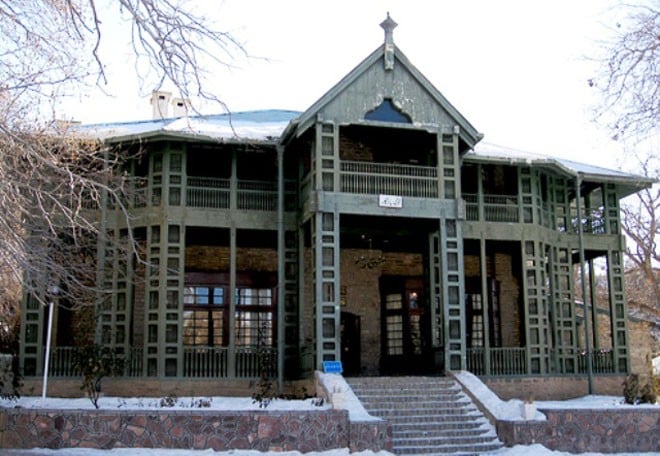
The valley needs urgent government attention to develop it as a top tourist destination in the country

Balochistan has enormous climatic variations from too cold to cold and too hot to hot, depending on the season one is visiting the province. Despite this variety in climatic conditions, Balochistan has not attracted tourists because of the government’s negligence.
Ziarat is an exception though. Located in the Pushtun populated district in Sibi division, about 126km northeast of Quetta, Ziarat is a charming tourist resort. It is a peaceful and pleasant mountainous area at an elevation of about 8202.1 feet above sea level. Last month in June, when the mercury exceeded 40 plus degrees Celsius in Islamabad, Karachi and Lahore, in Ziarat the average day temperature did not cross the 35 degrees Celsius mark. At night, temperature fell to as low as 9 degrees Celsius. Ziarat is a uniquely green, with a yearly rainfall of 283mm.
Having made it to the UNESCO’s biosphere reserve in 2013, Ziarat juniper forest is the world’s second largest after juniper forests of California. The forest hosts trees that are about 1,500 years old, as estimated by UNESCO.
Ziarat Residency or Quaid-e-Azam’s Residency, built by the British in 1892, is an important tourist attraction. After Independence, the ailing founding father spent his last days in the house.
A exceptional sample of colonial-era architecture, the Residency is made of stone and wood. The militants attacked the building in 2013. Though it was been restored a year later to its original shape yet it largely remains closed to public.
Besides the Residency, a large number of tourists flock to the sufi shrine of Kharwari Baba in Ziarat. Among other tourist attractions in the area are gorges located around Ziarat. These are Sandamen Tangi, Chutair Tangi, Kahn Tangi, Kawas Tangi and Faran Tangi.
Similarly, various herbs such as Ephedra, Artemisia and mint among others are found in the Ziarat area.
In the summer season, the area is taken over by cherry-selling vendors and their juiciest and choicest ware.
Ziarat also provides trekking opportunities to adventures. Of tourist facilities, besides camping, Ziarat valley offers a few hotels and restaurants, residences meant for various government departments and private houses hired from locals.
A good infrastructure is the key to developing Ziarat as a national tourist destination. To start with, the roads in the valley must be repaired. Sometimes, steep slopes and land sliding, as characteristic of Ziarat, endanger visitors’ lives especially during heavy rains. Next, due to the absence of a women-friendly environment, only a few families visit Ziarat. Perhaps, it would not be a bad idea for the government to specify at least a day in a week for families. And, a complete and effective ban on the use of juniper trees for fuel purposes by visitors and local residents must be imposed; instead the government must ensure uninterrupted supply of gas to winter stricken locals.
Further to make the valley attractive to tourists, the provision of chairlift, founding of a botanical garden and establishing a zoo may be a good idea. Mountain biking may also be a wonderful idea.
Tourism in Ziarat may help combat extremism and foster tolerance, as it provides avenues where people from diverse backgrounds may interact and enhance public knowledge of other cultures and values.
Tourism also helps empower women. Local handicrafts and embroideries done by women provide for respectable earning of female and induce economic growth by providing job opportunities.
Seen this way, tourism can contribute to achieving at least three Millennium Development Goals pertaining to environmental sustainability, fighting poverty and empowering women.